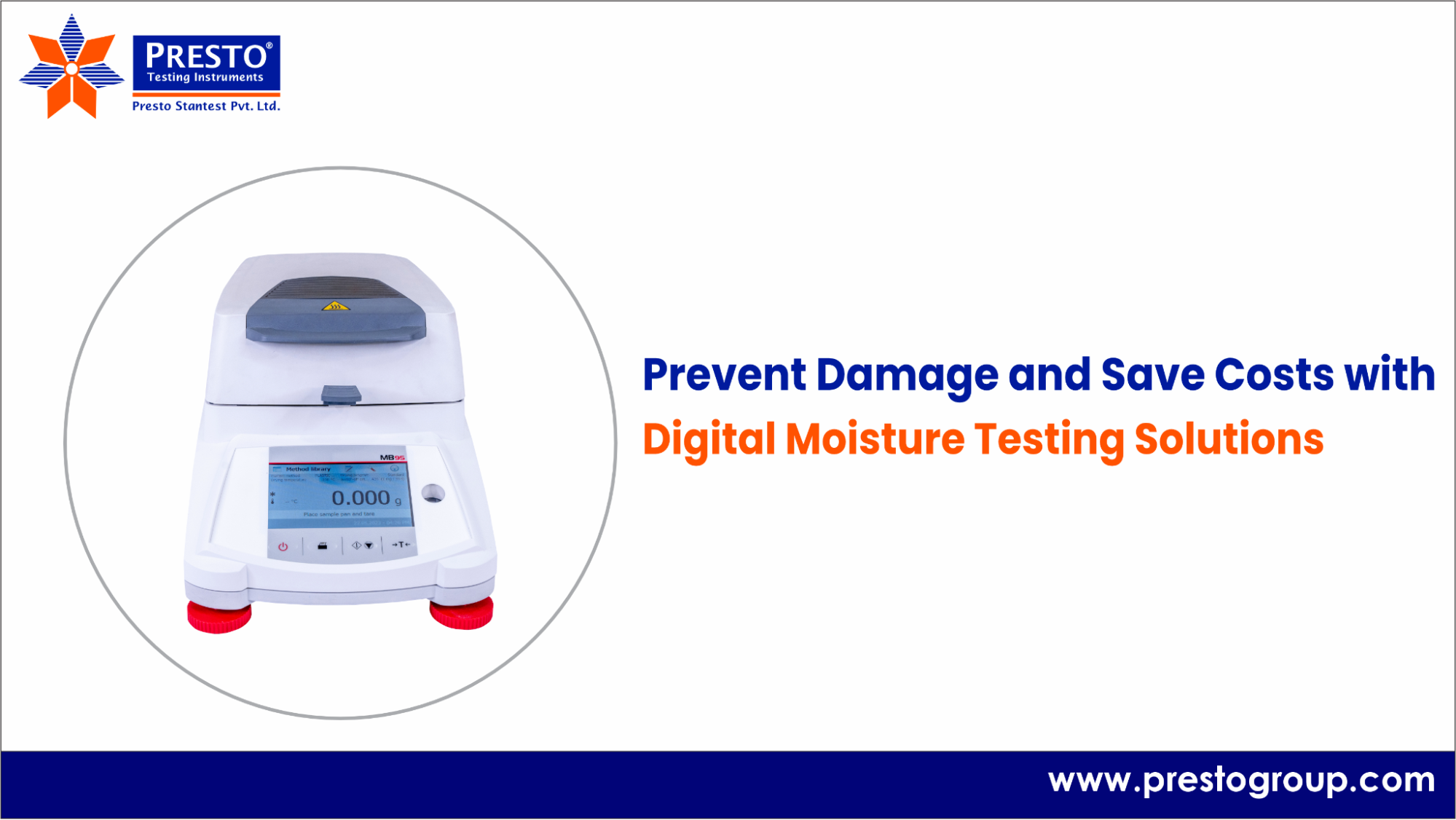

Gloss is a critical attribute of painted surfaces, with the aesthetic appeal, perceived quality, and consistency all interlinked from automotive finishes to architectural coatings based on the level of shine, or gloss. The paint gloss meter is the required instrument to quantify this visual characteristic objectively, whereby subjective observation is then transformed into a measurable value in what is known as Gloss Units (GU).
This article will explain the fundamentals of gloss measurement: the procedure, international gloss level standards, and how to interpret the resulting data correctly.
A gloss meter for paint is an optical device developed to measure the amount of specular reflection of a surface. Specular reflection refers to the mirror-like reflection of light, while the amount of light reflected at some angle is quantified in GU. A perfectly matte surface reads 0 GU, while a highly polished black glass standard is set to 100 GU for calibration.
For paint and coating makers, even car paint gloss meters, keeping things the same is super important. If the gloss is off, it could mean something’s wrong with the paint mix, how it's put on, or how it dries. A good digital gloss meter makes sure every batch and product looks just right and gets rid of having people just eyeball it. That makes the gloss meter really important for quality control.
Lots of different industries and jobs do! Paint and coating companies use them to keep their products consistent and meet gloss rules. Car companies use them to check clear coats and finishes to keep the gloss looking great. Quality control folks in factories that work with plastics, metals, paper, and painted stuff use them and Labs and research places use them to test new paint recipes and see how stuff changes the gloss. You can grab the correct gloss meter device you need online without problems.
The Procedure and Angles Measuring gloss involves projecting a beam of light onto the test surface at a defined angle and measuring the amount of reflected light at the equal and opposite angle. International standards such as ISO 2813 and ASTM D523 define the geometry and procedure.
The angle of measurement is critical and depends on the expected gloss level of the surface:
Interpreting Gloss Units (GU)The gloss meter provides a numerical value in Gloss Units (GU). Correct interpretation of this value is key to quality control.
Consistency: Multiple readings across a painted surface should be tightly clustered. Significant variations could indicate uneven paint application, contamination, or improper curing, all of which compromise the final finish.
Haze and DOI: Advanced digital gloss meter models may also measure Haze (the milky appearance caused by microscopic surface imperfections) and Distinctness of Image (DOI), which describes how sharp a reflected image appears. A high gloss reading combined with low DOI gives a hazy appearance, while a high gloss reading with high DOI gives a brilliant, mirror-like finish.
Calibration and Traceability: Maintaining Standards International standards in gloss level should be followed if results are to be accurate and comparable from one instrument and location to another. Calibration: The gloss meter should be calibrated before use, or at a minimum at the beginning of a shift, using its certified black glass standard to ensure that it is properly aligned with the 100 GU reference point. Traceability: Calibration standards shall be traceable to national metrology institutes like NIST in the US and NPL in the UK to make the measurements universally consistent. With such standardized practices using an appropriately calibrated device, such as an Elcometer gloss meter or any certified model from a quality gloss meter manufacturer in india, businesses can achieve rigorous levels of quality control and hence assure their products meet their customers' aesthetic expectations for a high-gloss finish on a product or a gloss meter for car paint inspection.
Buy gloss measurement device online today!
Achieve precise paint finish with professional Gloss Meter Testing. Follow standards, get accurate results, and enhance quality. Call +91 9210 903 903 or email info@prestogroup.com
Related Blogs

"Improve packaging safety and durability with reliable heat sealing."

Vibration testing helps prevent failures in vehicles, appliances, and components by detecting defects early.

Protect your property and reduce costs with accurate digital moisture testing solutions.